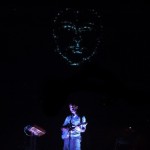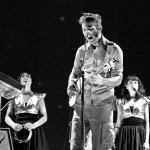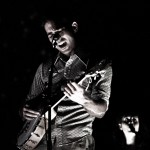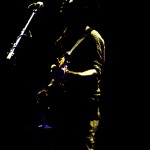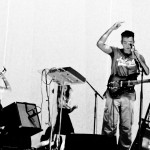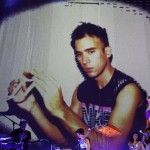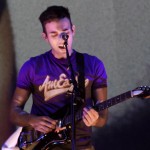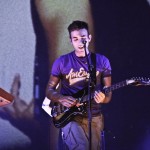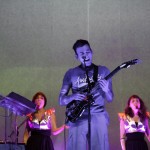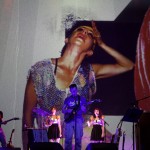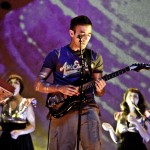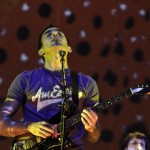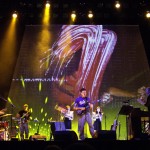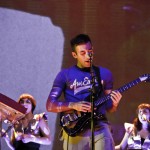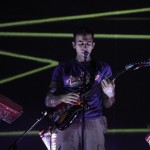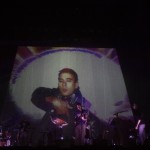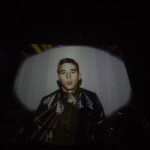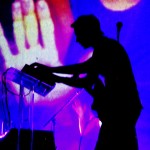
Spoiler warning: If you have any intention of seeing Sufjan Stevens for his tour of Age of Adz, I suggest knowing as little as possible going in to the event. Even though one of my favorite writers had written a review ahead of the October 23rd show at The Wiltern, I didn’t read the review because I wanted to curb my expectations and really experience my first Sufjan Stevens concert without any preconceived notion.
That being said I was unprepared for the event that Sufjan Stevens has been putting on display across the country. It is not comparable to anything out there right now, particularly in the thought and preparation that seemed to go into it. I entered the sold-out downtown local simply wondering if he would have a full-backing band or maybe some sort of string section.
The Wiltern Theater usually hosts general admission concerts (with horrible staggered standing platforms and exorbitant Live Nation prices), but for the night the entire floor was covered in temporary seating and appropriately so, as the only standing that the audience would deliver were the ovations at the end of the primary set and the encore, and these ovations were deservedly unanimous.

As far a setlist, the show was clearly built for and around the new material, with only a bookending of older tracks for the primary set; the grand and daring opener of “Seven Swans” (Jesus Christ, this song was stunning, overwhelming, a nearly out of body experience to witness) and the crowd-pleasing finish of “Chicago.” No one seemed to mind the lack of favorites and the people who were quietly impatient or disappointed with the new songs were eventually treated to four classic Suffy-jams in a hyper-folky encore-finale.
So what? Why are people gushing about this recent tour so emphatically and what differentiates it from any artist debuting new, particularly personal material to a possibly skeptical audience?
Well, he dances, for one.
Like, a lot.
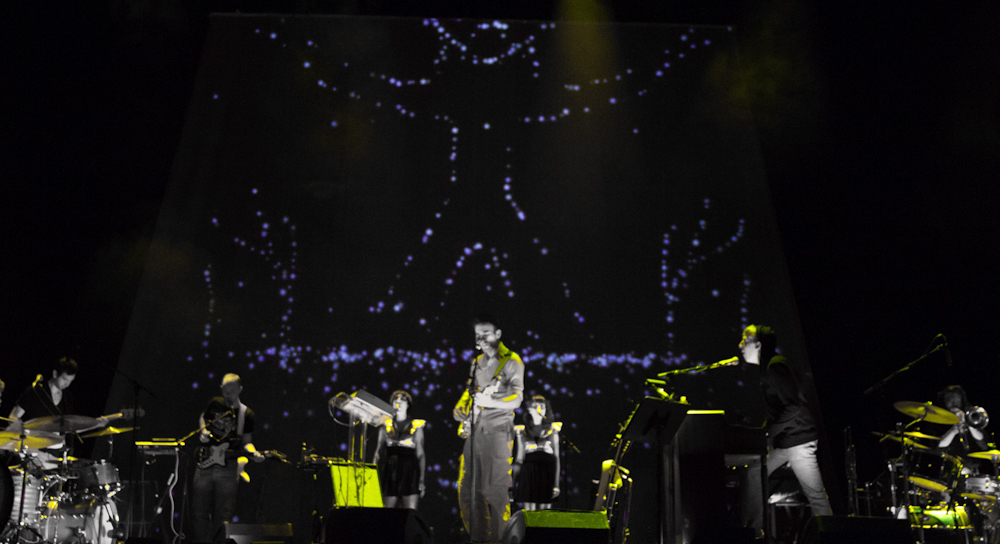
Add in full-on choreography with his two backup vocalists (one looked a lot like Shara Wordon, i.e. beautiful and spunky, but I can’t confirm this), original imagery on both a backing screen and a retractable net that stood in front of the stage, auto-tune, robot voices, costumes, complete self-indulgence, a few too many random girls saying “I just know I can never create anything that good, so why try” (yeah, one was too many), random fits of swooning from men and women alike, a story-time-with-Sufjan segment that answers most questions regarding Age of Adz, unrequested audience participation, props, and some damn fine music to top it off.
Event is not used lightly. In fact, I can’t remember the last time I saw an event (even LCD Soundsystem, though awesome, is still a traditional concert at the heart). But as the second song of the night began, event became an appropriate term as the show went beyond cool lights and stirring arrangements (the applause from the 2000 people after “Seven Swans” was remarkable. I literally forgot I was taking pictures and joined them instinctively). But with “Too Much,” Stevens started showing his hand, easing the audience into something few would have expected. Behind the singer and his two backing singers/dancers were projections of, well, Stevens and his backing dancers, looking like t-shirt advertisements for Nike or American Apparel, playing with one of the “adz” meanings. And then he danced.
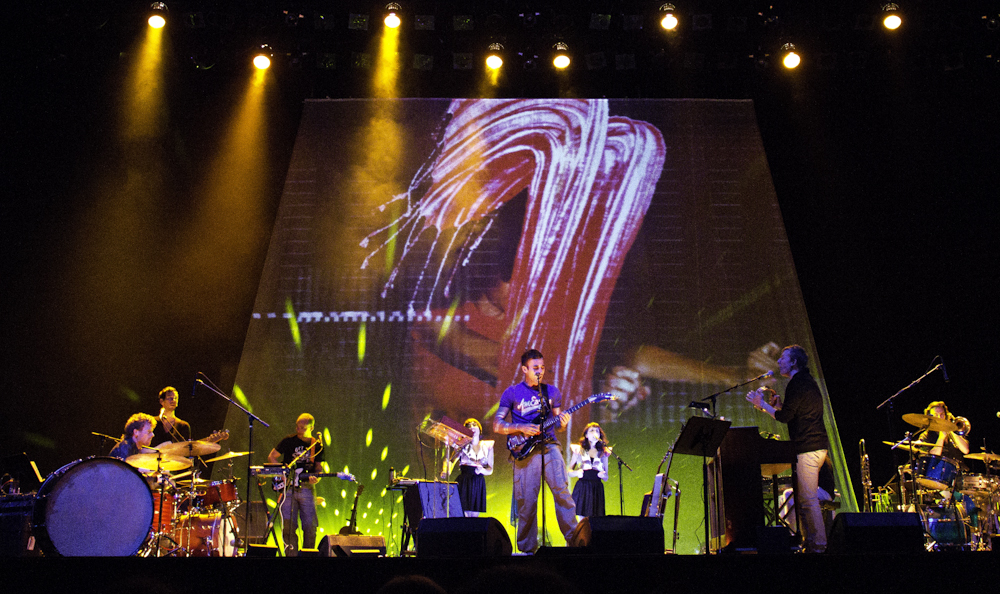
Stevens favors crane poses, but showed quite decent moves, even what I believe was moon-walking, making it difficult to know whether laughing was appropriate. This was better exemplified in the twenty-five minute opus “Impossible Soul,” which he played in its entirety. The mid-section of the song plays infinitely better live then on record, which is a little clunky and awkwardly produced. In concert, it is an inspiring anthem, uplifting and empowering.
And though it is easy to criticize for being self-absorbent, it’s the self-absorbed work of someone who is interesting enough for us to care. Even when highlight “Vesuvius” becomes self-referential, it works because we all care about Sufjan, want him to succeed and feel no qualms about cheering him on as the hero he clearly envisions himself as.
But with all the production and creativity that the sets brought to the table, the ending, with both solo turns (“UFO” “Gacy”) and subtle full band renditions (the band literally stood shoulder to shoulder for “The Dress Looks Nice On You” to create intimacy despite their numbers) showed him at his best. Fortunately, his second-best is nearly as impressive.
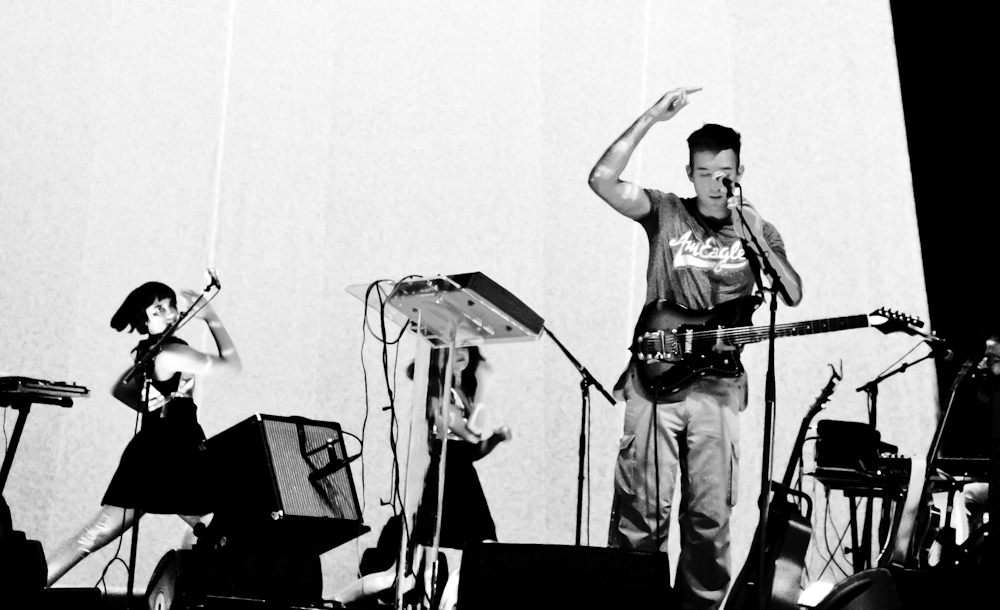
Setlist:
Seven Swans
Too Much
Age of Adz
Heirloom
I Walked
Futile Devices
Vesuvius
Now That I’m Older
Get Real Get Right
Enchanting Ghost
Impossible Soul
Chicago
————
Concerning the UFO Sighting Near Highland, Illinois
Casimir Pulaski Day
The Dress Looks Nice on You
John Wayne Gacy, Jr.
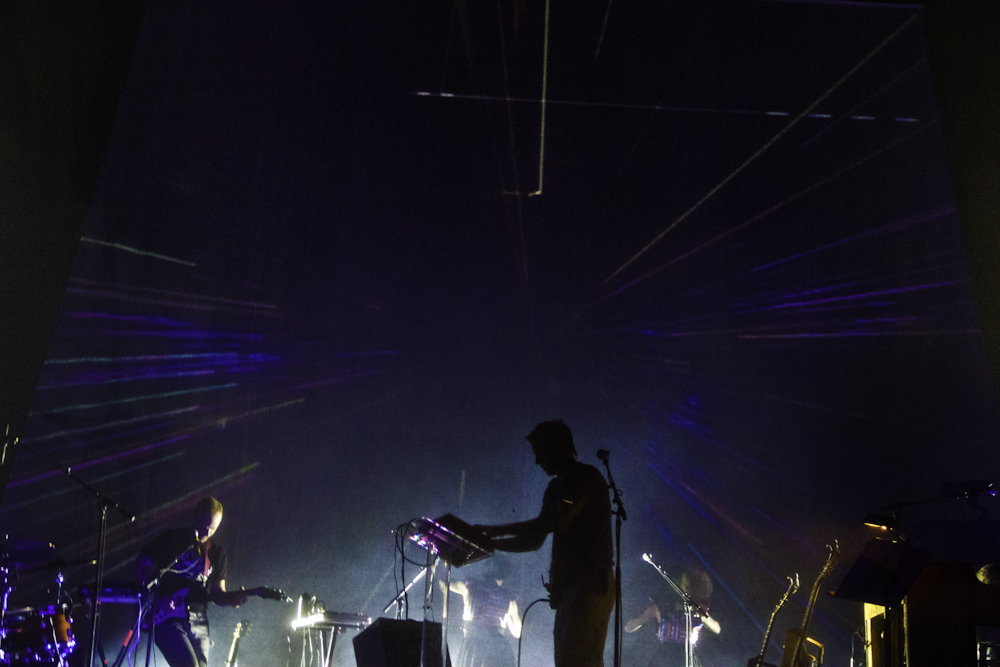
P.S. A lot has been written about “the monologue,” and I think people are focusing on the bulk of the story, when the punchline, of sorts, really explains where Stevens is coming from. Delusions of grandeur, aliens, god, end of the world, and all of it are just ways to hide heartbreak. Underneath Age of Adz, maybe if you play it backwards, he is calling some lady a cunt. It’s great that heartbreak can still manifest into amazing and unique things, even though we’ve been doing it for thousands of years.


